A Tale of Lost Time
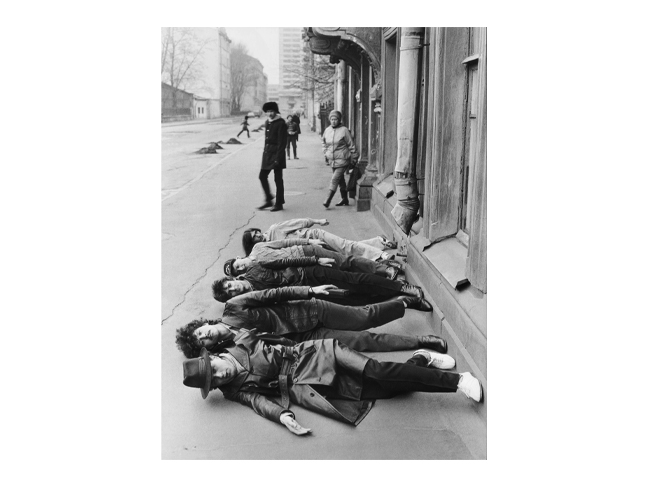
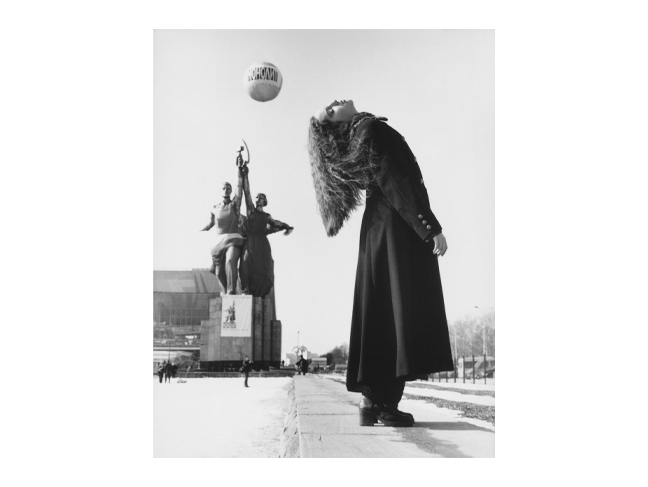
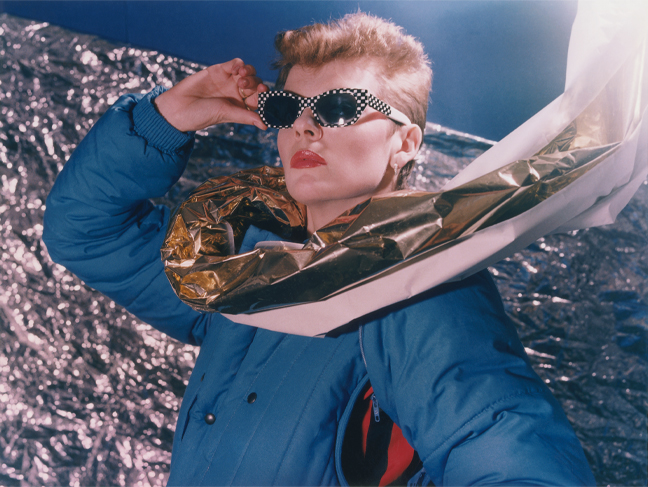
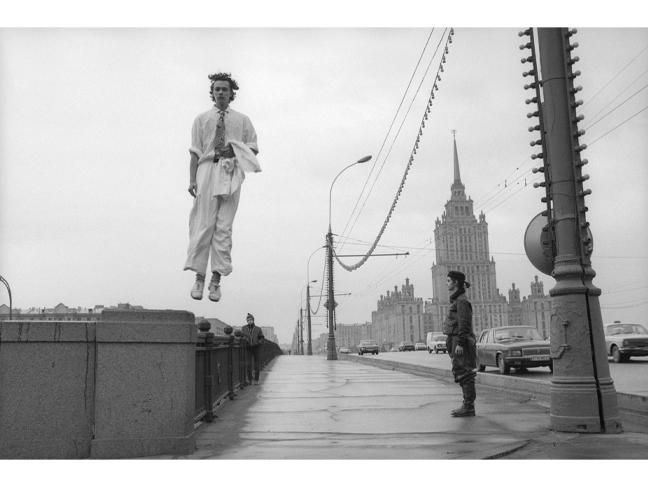
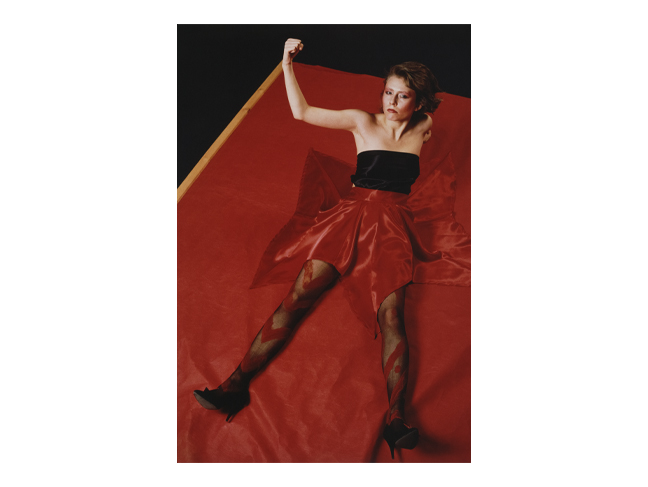
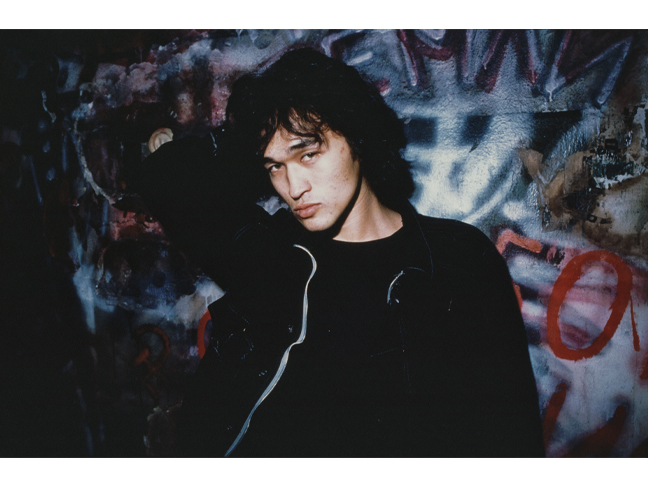
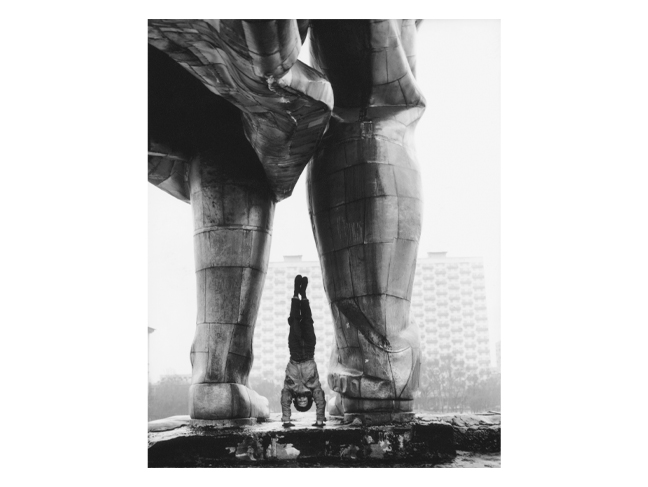
Sergei Borisov. Dialogue. 1983. Digital print. Courtesy of the author.
Sergei Borisov. Winter Suntan. Moscow. 1998. Silver gelatin print. Collection of the Multimedia Art Museum, Moscow.
Sergei Borisov Cover of the record ‘Everest’. 19857 Colour print. Collection of the Multimedia Art Museum, Moscow.
Sergei Borisov. Flight. 1988. Silver gelatin print. Courtesy of the author.
Sergei Borisov. Krasnaya Zvezda (Red Star) dress. 1985. Colour print. Collection of the Multimedia Art Museum, Moscow.
Sergei Borisov. Tsoi-1986. Moscow. 1986. Colour print. Collection of the Multimedia Art Museum, Moscow.
Sergei Borisov. Acrobat. Moscow. 1993. Silver gelatin print. Collection of the Multimedia Art Museum, Moscow.
Moscow, 7.06.2022—11.09.2022
exhibition is over
Share with friends
Curator: Anna Zaitseva
18+
For the press
XIV INTERNATIONAL MONTH OF PHOTOGRAPHY IN MOSCOW ‘PHOTOBIENNALE-2022’
Sergei Borisov
A Tale of Lost Time
Curator: Anna Zaitseva
As part of the ‘Photobiennale-2022’ the Multimedia Art Museum, Moscow presents the exhibition ‘A Tale of Lost Time’, dedicated to the 75th anniversary of Sergei Borisov, classic of Russian photography and the main chronicler of the Moscow and Leningrad underground of the 1980s to 1990s. MAMM first showed Sergei Borisov’s work 25 years ago, at the 1st Moscow international ‘Photobiennale’ in 1996.
Sergei Borisov discovered photography as a child. At the age of twelve he was given a Smena camera and enrolled in a photo club at the House of Pioneers on Chistye Prudy. But after gaining a good knowledge of photo composition, light, definition, and other photographic tricks in his youth, Sergei Borisov forgot about the camera for a while. In his fascinating and turbulent biography there was a period when the future photographer worked for a year as manager of a dining car on long-distance trains. The young man saw the world, the vast expanses of the USSR, and met with a vast number of people. These meetings honed Sergei Borisov’s natural gift for communication and his aptitude for what we now call ‘soft skills’.
Already in the 1970s Borisov would return to photography and earn money as a ‘field photographer’, travelling to different cities and villages, taking pictures of schoolchildren, children in kindergartens, weddings, etc. At the same time took up work in advertising, working with musicians and actors, and taking shots for cover photos and posters.
In 1976 Sergei Borisov joined the photography section of the City Graphics Committee on Malaya Gruzinskaya, where exhibitions by unofficial artists were permitted. Sergei Borisov’s acquaintance with underground artists began with Malaya Gruzinskaya. His first exhibitions with photo portraits of artists were held there. They played an important role in Borisov’s professional self-identification.
Borisov sought and found his unique photo language. Already in the early 1980s the dynamic drive and uncompromising, paradoxical compositions of his staged shots turned him into an indisputable authority, above all in the artistic environment: actors, artists, musicians – everyone wanted a photo session with Borisov. And Borisov, thanks to his unique sociability and sincere interest in the unofficial culture that was already becoming legalised, invariably chose as his heroes those who best expressed this period of change.
Borisov was interested in the visual component of time. People from the counterculture, the underground and the new culture of perestroika showed a sharp contrast in appearance from those who were taught all their lives not to stand out from the crowd. At this time a new alternative fashion was emerging. Sergei Borisov recorded shows by Katya Filippova and Katya Mikulskaya, Gosha Ostretsov’s costumes, etc.
Sergei Borisov’s Studio 50A, the name referring to the legendary New York Studio 54, became a hive of alternative culture. Sergei Borisov, of course, invented and staged compositions for his photographs, but at the same time let the heroes bring to these photographs their inherent, unique plasticity and creative freedom.
In the 1980s Borisov started making videos. Video interviews with artists and musicians expanded the boundaries of his understanding of their work. Many of the subjects in his video interviews became friends and models for Sergei Borisov’s photo shoots, which turned into extraordinary happenings.
Friends donated pictures. In Studio 50A artists could always find both canvases and paints. They often created their artworks during friendly conversations in Borisov’s studio, and gradually he began to buy their works, combining his artistic activity with collecting.
Many of Borisov’s photographs have become legendary, widely known in Russia and abroad. These pictures of the 1980s to 1990s allowed the world to see another Russia that was lively and free, vibrating with creative energy.
“The underground heroes of the 1980s are kids having fun,” wrote critic Alexander Rappoport in an article about Borisov. “They are playing for a public that does not exist, so this game is invulnerable and total. Since it imitates an outgoing culture, the photographer must be its organic witness, and a new carelessness is born in the creative fusion of photographer and model. There is no falsity here. The genuine and the fake lose their former contradiction; today is their time, but tomorrow? There may be no tomorrow.”
During nearly a half a century of his creative life Sergei Borisov has had many exhibitions. His pictures have been published for features and covers by leading Russian and international publications such as Le Monde, Photo, Vogue, Interview, Spin, The Face, etc. Sergei Borisov’s works are now sold by major art auction houses. They are kept in the collections of many museums, both in Russia and worldwide, including the Multimedia Art Museum, Moscow.
Few people are aware of Sergei Borisov’s video archives. These unique video documents of artistic life in Russia in the 1980s to 1990s have yet to be discovered. Some are presented in the exhibition ‘A Tale of Lost Time’ at MAMM.






